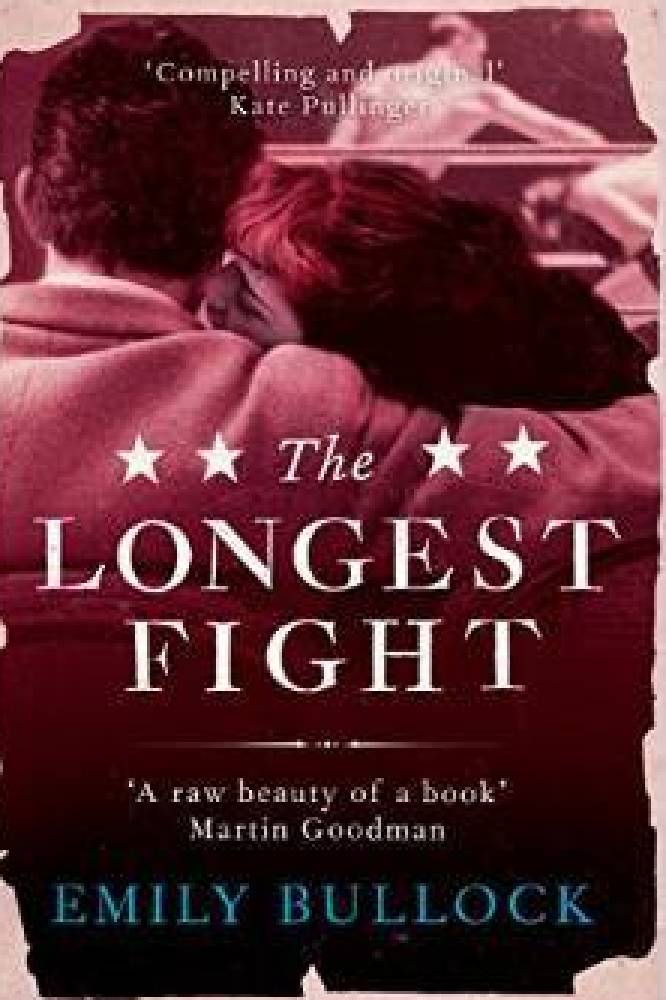
The Longest Fight
The Longest Fight is set in 1950s London amidst the gritty and violent world of boxing, it is the story of one man’s struggle to overcome the mistakes and tragedies of his past.
Jack Munday has been fighting all his life. His early memories are shaped by the thrill of the boxing ring. Since then he has grown numb, scarred by his bullying father and haunted by the tragic fate of his first love.
Now a grafting boxing manager, Jack is hungry for change. So when hope and ambition appear in the form of Frank, a young fighter with a winning prospect, and Georgie, a new girl who can match him step for step, Jack seizes his chance for a better future, determined to win at all costs.
Inspired by my boxing grandfather, the novel is an exploration of love and family loyalty.
Your short story won the Bristol Short Story prize so how did that make you feel?
It is a great feeling to be able to connect to readers, to know they have responded emotionally to your work. Winning the Bristol Short Story prize also helped bring my writing to the attention of agents, and led to me being represented by Ed Wilson at Johnson & Alcock. I would encourage other writers to enter short story prizes, not only for the chance to get work read but as a way to build connections and networks with other writers.
You worked in film before writing so what can you tell us about this?
Working in film helped me to appreciate the need for narrative drive and to have an awareness of the audience. The more I write the more I understand and try to use the overlaps between prose and film. When writing The Longest Fight, I became particularly interested in Walter Murch, a film editor, and what he had to say about editing fight scenes in films. I have tried to use similar filmic techniques in the fights scenes in my novel.
How much did your MA in creative writing help you to write your novel?
Doing the MA at UEA helped me to think of myself as a writer, to learn how to develop a routine and make a full time commitment to my work.
You also teach creative writing so to what extent do you also learn from your students?
I particularly enjoy reading students' work; the range of responses to the same exercise never ceases to amaze me - they remind me to take risks and try new things in my own writing.
Please tell us about the character of Jack Munday.
Jack is a boxing manager with big aspirations, but the secret tragedies of his past always threaten to overwhelm him. Through the women in the novel he begins to confront his mistakes and battle for his future; his is a journey of love and redemption.
What is it about the world of boxing that drew you to it for your novel?
As a woman from a boxing family, I wanted to bring a new consideration of the impact of the sport on family dynamics; giving the female characters a strong voice and role in the novel. It is a story about pain and the damage people inflict on each other both inside and outside of the ring.
Please tell us about your research process for the book.
I do a lot of research from books and the internet but there is nothing like actually talking to people who have experienced the things you are writing about. I am also fortunate that my grandfather had a large collection of boxing posters, programmes and newspaper clippings. I found that using such material to create poetry or short stories, before I wrote the novel, allowed me to play with and reclaim the research without feeling constrained by it.
What is next for you?
I'm finishing a new novel about a matriarchal family set in London at the end of the 19th Century: love, death, and penny gaffs. I also like to keep a few short stories, in various stages of editing, on the go.

